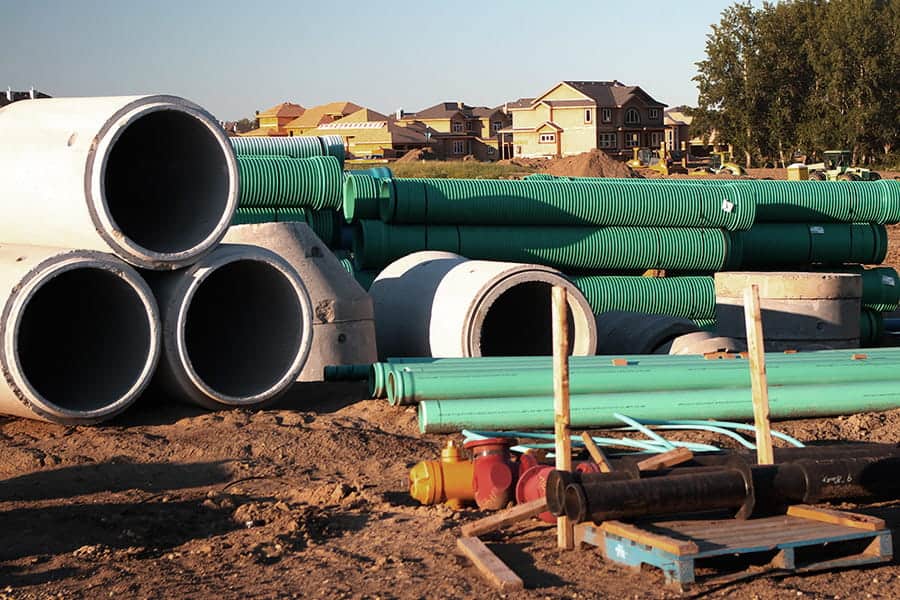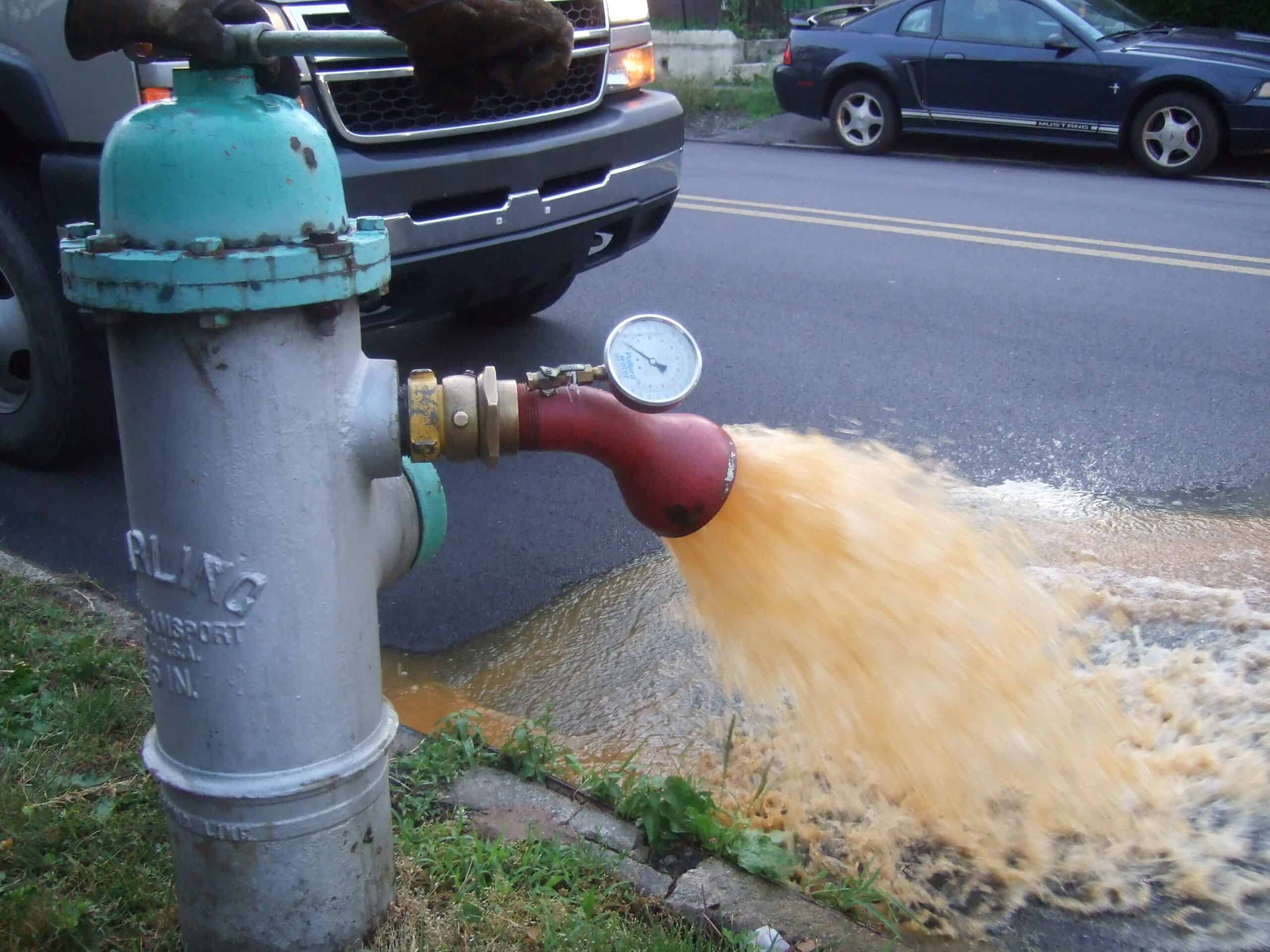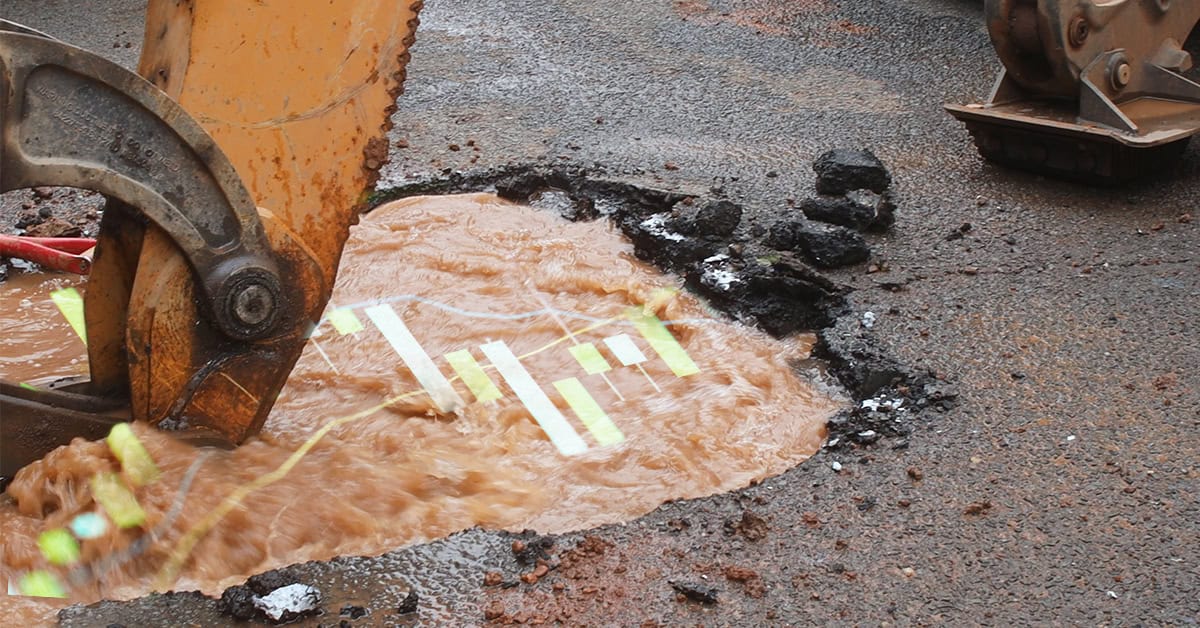If you follow the research literature on water, you will see all sorts of papers being published about Real-Time Control (RTC) of water systems. I was even a co-author of a paper (Creaco et al., 2019) assessing state-of-the-art systems. There were about 100 papers cited in that paper, not including a lot of the early papers by pioneers like Uri Shamir and Bryan Coulbeck, going back to the 1980s. (I’ll confess that I contributed to a couple of papers along with my friend Enrico Creaco.)
While writing research papers on RTC has become a major industry in academia, I’m not seeing a great deal of RTC applied in real systems.
Sure, there are trivial cases that we see everywhere. Case one: If a tank water level gets high, the pump feeding that tank is turned off, while if it becomes low, you turn the pump on. Case two: You can also argue that automatically controlling the speed of a variable speed pump based on discharge pressure is RTC. But beyond these cases, I don’t personally see much in terms of RTC in operational water and wastewater systems.
In the case of a one-pump-one-tank pressure zone, RTC is simple, but the real potential to improve performance lies in applying RTC to complex systems with multiple pumps and/or tanks in systems with multiple pressure zones. I’ve only heard about a handful of real-world applications of RTC for pump control, and even though the theory was sound, some of them didn’t work in practice.
Given the history and lack of application or successful installation, I’m interested in tracking down real-world applications of RTC, successful or not. (Sometimes you learn more from applications that weren’t successful than from the ones that were.)
If you know of an application, just send me a short note or email me a paper if you have one ([email protected]). If I get sufficient response, I’ll do a follow-up blog on this subject.
Food for thought in the interim: The two technologies I see most likely to be successful in practice are optimization and artificial intelligence algorithms. That being said, each of those has advantages and disadvantages, begging the question, which ones worked, and which ones haven’t?
Another issue to better understand is whether the algorithms are automatic or advisory. That is, does the algorithm actually turn pumps on and off or do they prompt operators to turn them on and off? Do operators trust the algorithms so much that they let them run the system, or do they insist on a “warm finger on the button”?
I won’t say anything more because I don’t want to prejudice the discussion with my opinions.
I hope to hear from you soon.
Creaco, E., A. Campisano, N. Fontana, G. Marini, P.R. Page, T. Walski (2019) “Real time control of water distribution networks: A state-of-the-art review,” Water Research, 161 (517-530).
If you like blogs like this, you can go back to our library of blogs at https://blog.bentley.com/category/hydraulics-and-hydrology/.
Want to learn more from our resident water and wastewater expert? Join the Dr. Tom Walski Newsletter today!









